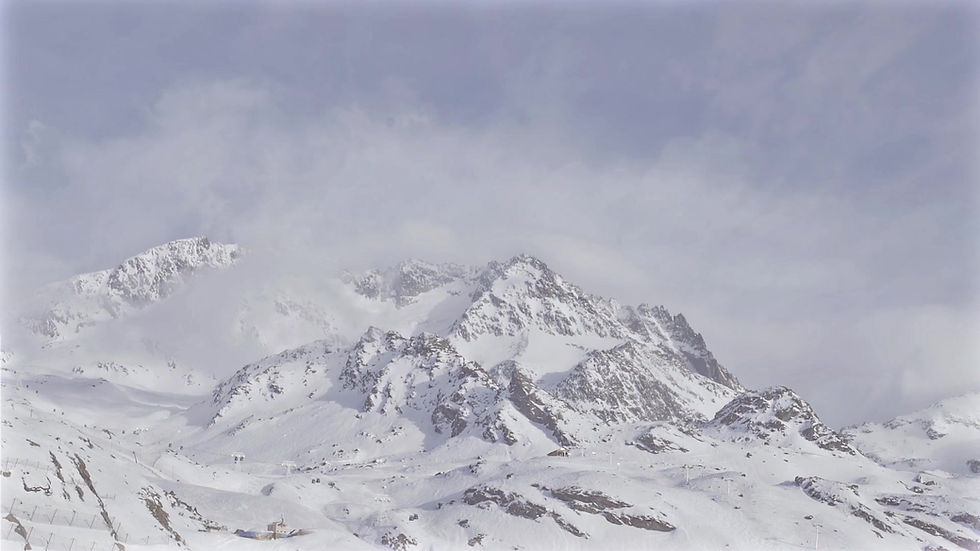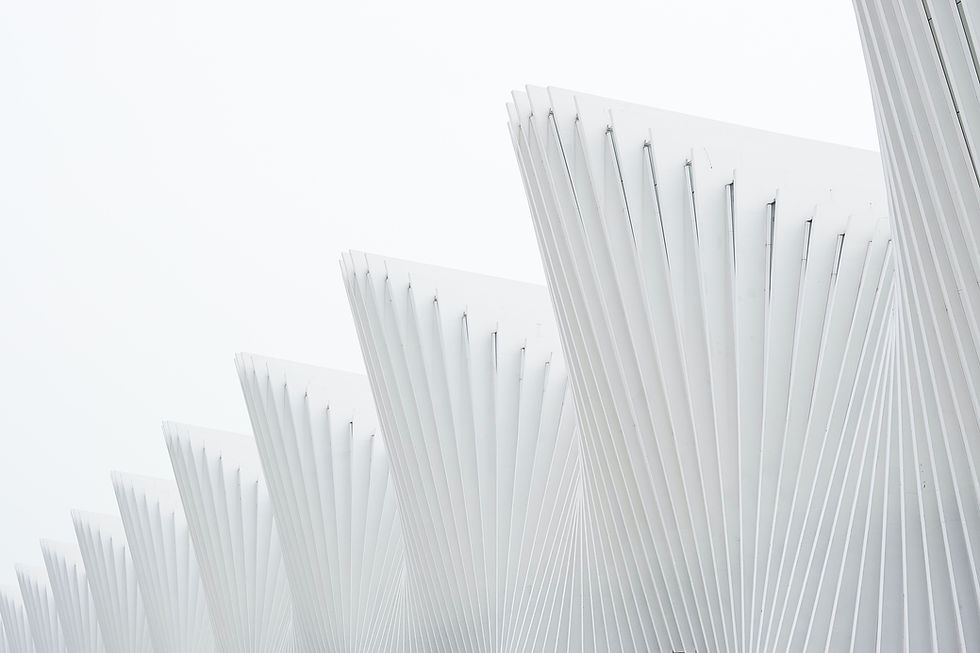
TRAVEL WITH MONKEYS
Welcome to Thua Thien Hue

Culture

Delving into Hue’s cultural nuances, one can observe how deeply the royal values are ingrained in the city’s tradition, particularly in the practice of name-giving. Traditionally, members of the royal family were named following the principles set forth in a poem penned by Minh Mang, the second emperor of the Nguyen Dynasty. This revered poem, known as “De he thi”, not only served as a guiding framework for naming each generation of the royal family but also illuminated the familial hierarchy and relationships among its members.





The traditional Ao dai of Hue is so beautiful and romantic that it has become a topic for fashion designers to explore its beauty. Some are successful, while many fail, for the Ao dai o Hue is not something easy to renew or change. Famous designer Minh Hanh, who has many years in designing and collecting the Ao dai, said: “If someone designs a Hue Ao dai that does not reflect a Hue style, that dress is not one of Hue .” At Festival Hue 2008, Minh Hanh and other young fashion designers presented to the public a collection entitled “Imprints of the Past ''. The dress is designed in the old traditional style with classical designs and imprinted with a Hue style, which fully reflects the elegance and grace of Hue women.

Today, the ao dai and non-la (Vietnamese conical hat) ensemble is not only a symbol of Vietnam but holds particular significance and nostalgia for the people of Hue. In a nod to its historical capital status, Hue has a notable preference for violet-colored ao dai, a hue that beautifully mirrors the city’s royal past and vibrant cultural tapestry. Each garment is not just a piece of clothing but a whisper of stories, traditions, and the undying legacy of Hue.
The heritage of Hue’s clothing tradition is deeply entwined with the city’s historical roots and cultural legacy. The ao dai, a distinctive Vietnamese national dress, traces its evolution back to the 18th-century court attire worn in Hue during the era of the Nguyen lords.

-
Nha Nhac is considered as the only national music of the country among several Vietnamese genres of music. During the feudal period, the royal court music was played as it symbolizes the king's longevity and prosperity of the dynasty. Therefore, “Nha Nhac” was highly valued by Vietnamese monarchies. Under the Nguyen Dynasty, Nha Nhac was performed during important ceremonies of the Royal Family.
-


Ca Hue is a genre of traditional music in Hue as well as Vietnamese traditional music, including singing and playing musical instruments. In many respects, the folk music is quite close to A Dao singing, the combination between the simple folk music and the royal court music.

Not only local natural beauty, but also daily working inspired Hue locals to compose pieces of music and works of art. In other words, music was a means of helping people deal with natural extreme conditions and strive for a better life.
Thanks to its natural dialect and the impact of Champa art, Hue music has its own special characteristics which are called "Hue style", "Central style" or briefly called "Hue music". Hue music is an important part of national traditional music.



-
Bronze casting village in Hue - Casting Ward:
The next craft village in Hue that Phuong wants to suggest to you is the bronze casting of Phuong Casting Ward. Bronze casting has long been one of the long-standing traditional craft villages of Hue people in Vietnam. Coming to Hue, you can visit the craft village of Phuong Mold located on the southern bank of the Perfume River. (Section from Gia Vien bridge to Long Tho side). And 3 km southwest of Hue city to visit.
_edited.jpg)
-
Tien Noi gold and lacquer craft village in Hue: The origin of Hue gold and lacquer is in the villages of Trieu Son, Dien Linh, Tien Non. Tien Noi is about 10 km from Hue city in Phu Mau commune, Phu Vang district is the most famous place. Traditional lacquer of Hue is divided into 3 main types. These are: optical paint, gold lacquer and embossed lacquer. As for the most traditional and basic color gamut of the works that you often see. These are stickers, red, black, gold, pure silver. These colors are mixed in powder form or laminated into leaves. Currently, this color system has added a lot of eye-catching shades such as gray, white, blue, pink crab shell, mussel shell, snail shell,...
Water puppetry art : is a long traditional cultural activity of agriculture-based citizens by the Red River and has existed for a long time with unique features. The special element of water puppetry is the use of the water surface as a stage for performance. The stage for performance, which is a space in front of the puppet house is called puppet house or water house, and built in the pond or lake with balanced architecture symbolizing the communal house roof in Vietnamese rural areas. All the performing activities, stages and flags, fans, elephants, parasols, decoration gates, etc are truly small communal houses with their bending roofs which are vividly reflected on the water surface. By performing the old traditional water puppet show, daily activities and customs of VietNam peasants are vividly expressed.